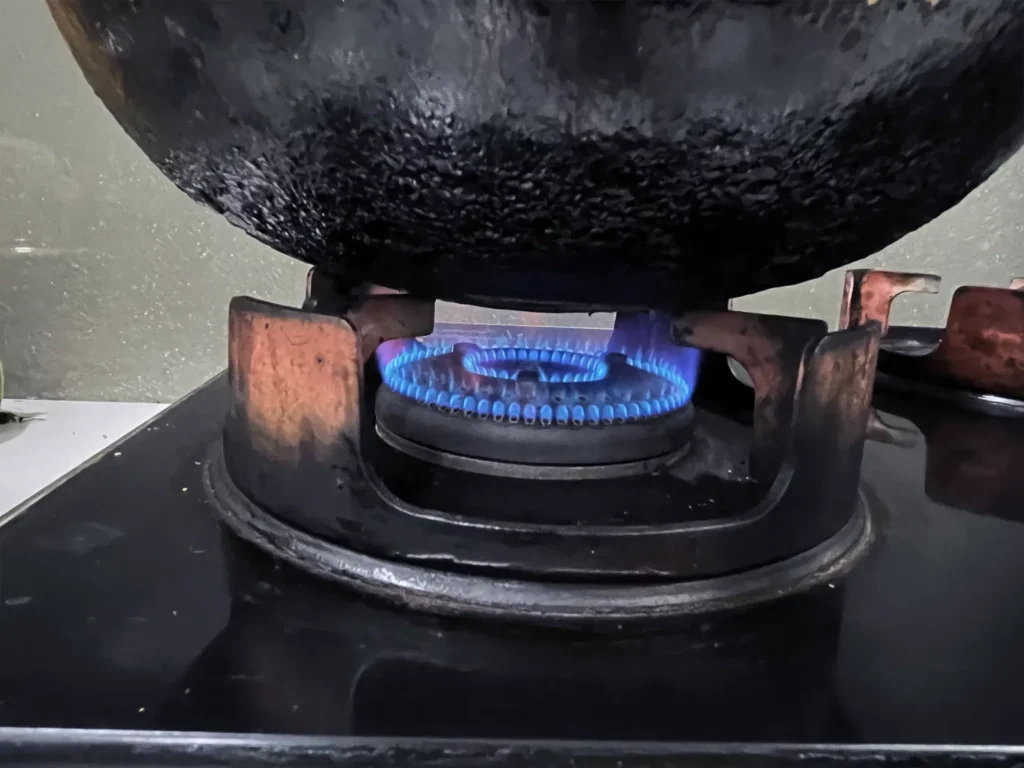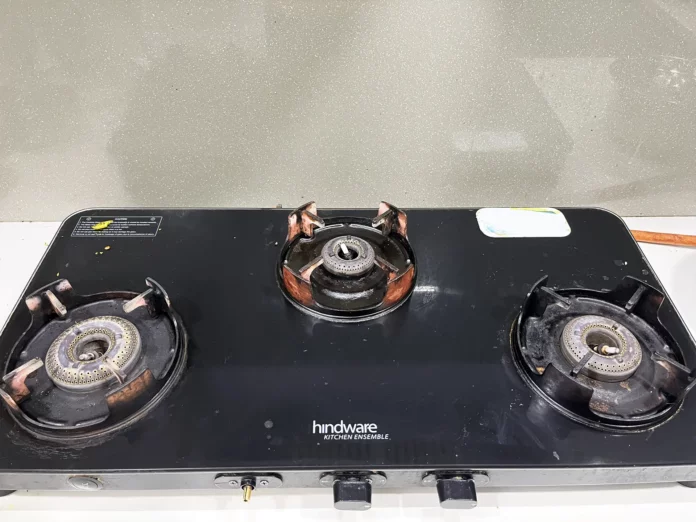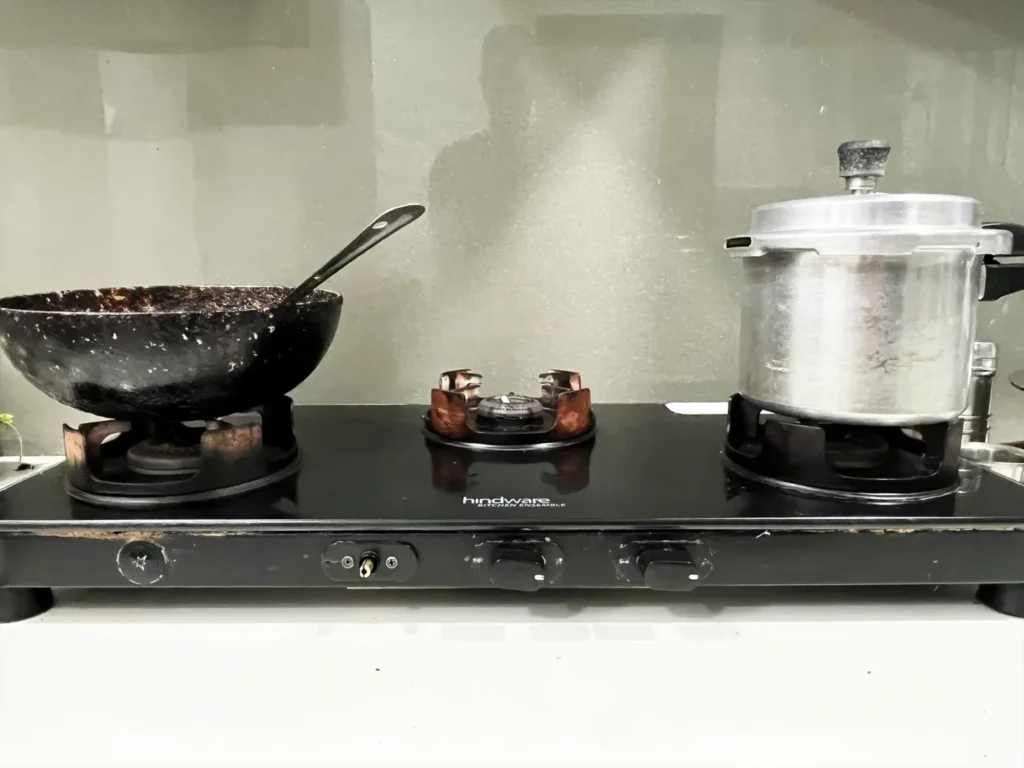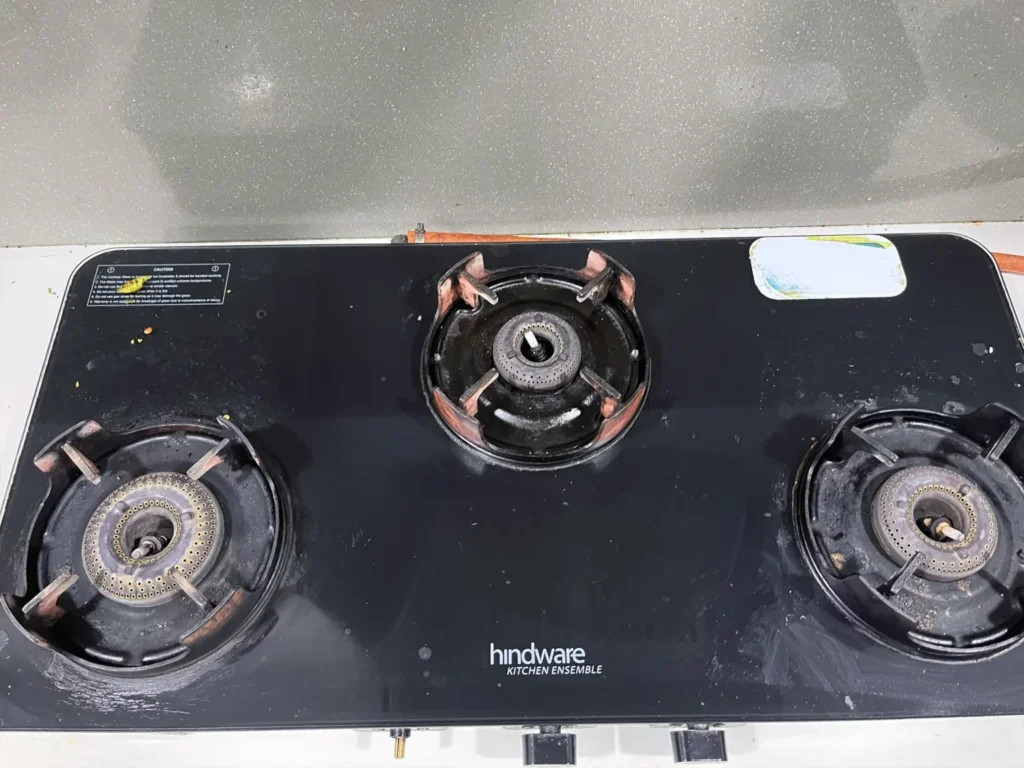Selecting the ideal burner for your gas stove involves many considerations. Each type – brass, aluminum and cast iron – offers its own set of advantages and disadvantages; in this guide we aim to assist in making an informed decision while taking into account durability, efficiency and safety considerations.
Brass Burners: The Durable Choice

Brass burners are known for their durability and ability to withstand high temperatures, as they quickly heat up, making cooking faster while saving fuel overall. Unfortunately, one downside of brass burners can be their cost; more costly models tend to corrode more rapidly over time than their cheaper counterparts.
Aluminum Burners: A Budget-Friendly Option

Aluminum burners are a more budget-friendly choice compared to brass. They offer good heat conductivity but can deform at high temperatures. This means they may require more frequent replacement, which can offset their initial cost savings.
Cast Iron Burners: Efficiency with Care

Cast iron burners offer budget-conscious cooks an economical solution while simultaneously posing some unique challenges. Their fast heating capabilities make them efficient in kitchen use; however, they’re susceptible to corrosion which poses safety threats due to gas leakage; therefore proper care must be taken with cast iron burners in order to extend their longevity and ensure its long term success.
Choosing the Right Number of Burners
Selecting the appropriate number of burners for your gas stove is crucial. Here’s a general guideline:
- For bachelors or single residents: 1 to 2 burners are sufficient.
- Married couples: Opt for a 2 to 3-burner stove.
- Average Indian families (4 members): A 3 to 4-burner stove is ideal.
- Large or joint families: Go for a 4-burner gas stove.
While four-burner stoves may look impressive, they are not essential for every home. Consider your household size and cooking needs before making a decision. The 3-burner gas stove is a popular choice among Indian families, and trusted brands like Prestige, Butterfly, and Hindware offer excellent options in this category.
The Importance of Burner Spacing

Distance between burners is essential in creating an enjoyable cooking experience, especially for two and four burner stoves with adequate spacing between them; three-burner models may feel restricted due to limited room. Manufacturers often provide burners of different sizes, with the middle burner being the smallest. This middle burner is best suited for tasks like heating milk or preparing tea. Pay attention to the placement of the side burners to maintain the stove’s balance, especially when using large utensils.
Manual vs. Auto-Ignition
Gas stoves come with manual or auto-ignition features. Auto-ignition stoves are more convenient, lighting up with a simple twist of the knob. Manual ignition stoves require matches or gas lighters. While auto-ignition stoves are pricier, they save on fuel in the long run by eliminating the need for matches or lighters.
Drip Trays and Flame Guard Pan Support

Ensure that each burner has a stand that prevents utensils from touching the burner’s surface. Look for a flame guard fitted with the stand to protect against heat when placing or removing utensils. Additionally, gas stoves should have removable drip trays to prevent spills on the kitchen platform, making cleanup a breeze.
Design and Appearance
Gas stoves have evolved in terms of design, from cast iron to stainless steel, and now to glass or ceramic tops. While glass and ceramic tops enhance the kitchen’s aesthetics, they can be more expensive than stainless steel. Keep in mind that glass tops are prone to cracking when exposed to heavy or hot utensils, so handle them with care.
The Knob Choice
Choose gas stoves with sturdy and well-fitted knobs made of plastic. Loose or wobbly knobs can lead to gas leakages, so ensure they are secure and easy to handle.
The Importance of ISI Branding
Never compromise on safety. Avoid cheap gas stoves without ISI branding, as they may not meet safety standards. The Indian government mandates ISI certification for all gas stove manufacturers to ensure product safety.
Also Read: Samsung Galaxy S23 FE: A Sneak Peek into the Upcoming Fan Edition Model
Safety Features to Look For
Before finalizing your gas stove purchase, consider the following safety features:
- Check for loose fittings that could lead to gas leaks.
- Ensure the gas stove’s feet provide sufficient height for easy cleaning under the stove.
- Look for rubber padding on the legs to grip the kitchen platform securely.
- Clean burners regularly to maintain uniform gas flow.
- Opt for removable burners for easy cleaning.
- Keep your gas stove clean by wiping it regularly with a damp cloth.
- Avoid placing heavy or hot utensils on glass tops to prevent cracking.
Conclusion
Choosing the perfect gas stove for your home involves considering various factors, including burner type, number of burners, spacing, ignition method, safety features, and design. Prioritize safety by selecting gas stoves with ISI certification, and remember that your family’s safety is paramount. By carefully assessing your needs and preferences, you can make an informed decision that ensures efficient and safe cooking in your kitchen.
Gas Stove Buying Guide FAQs
Brass burners are highly durable, while aluminum and cast iron options have their own advantages and drawbacks.
It depends on your household size; generally, 2 to 4 burners are suitable for most families.
Proper spacing ensures comfortable cooking; larger utensils may be limited on the center burner of 3-burner stoves.


